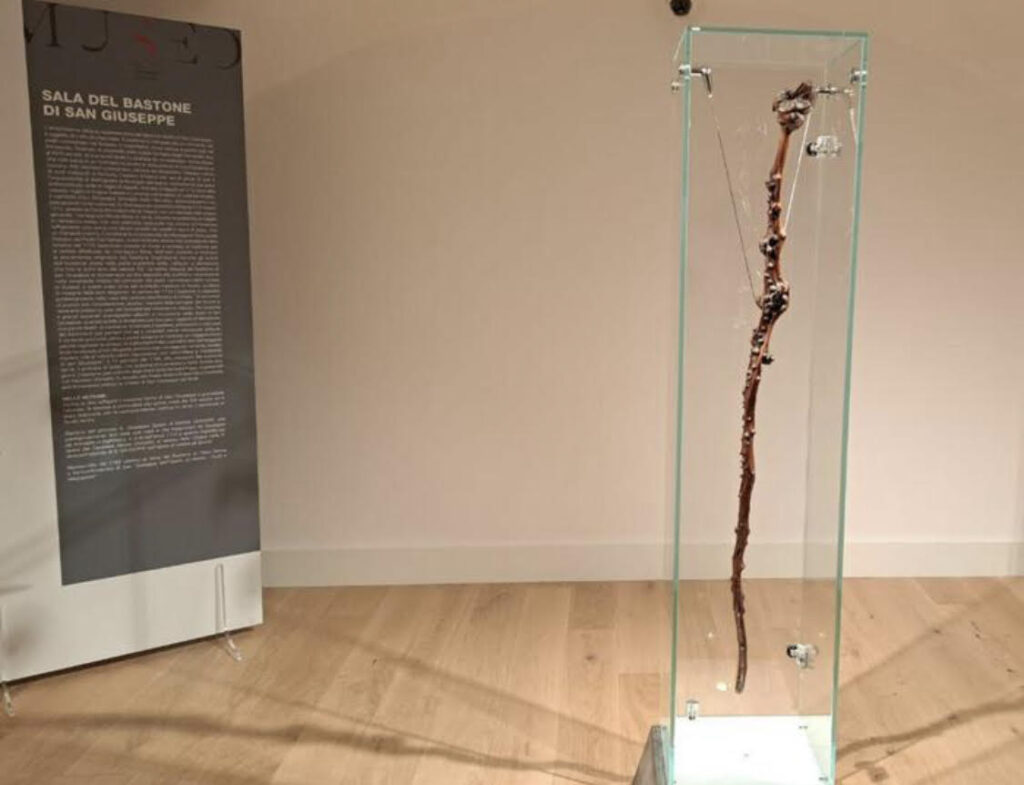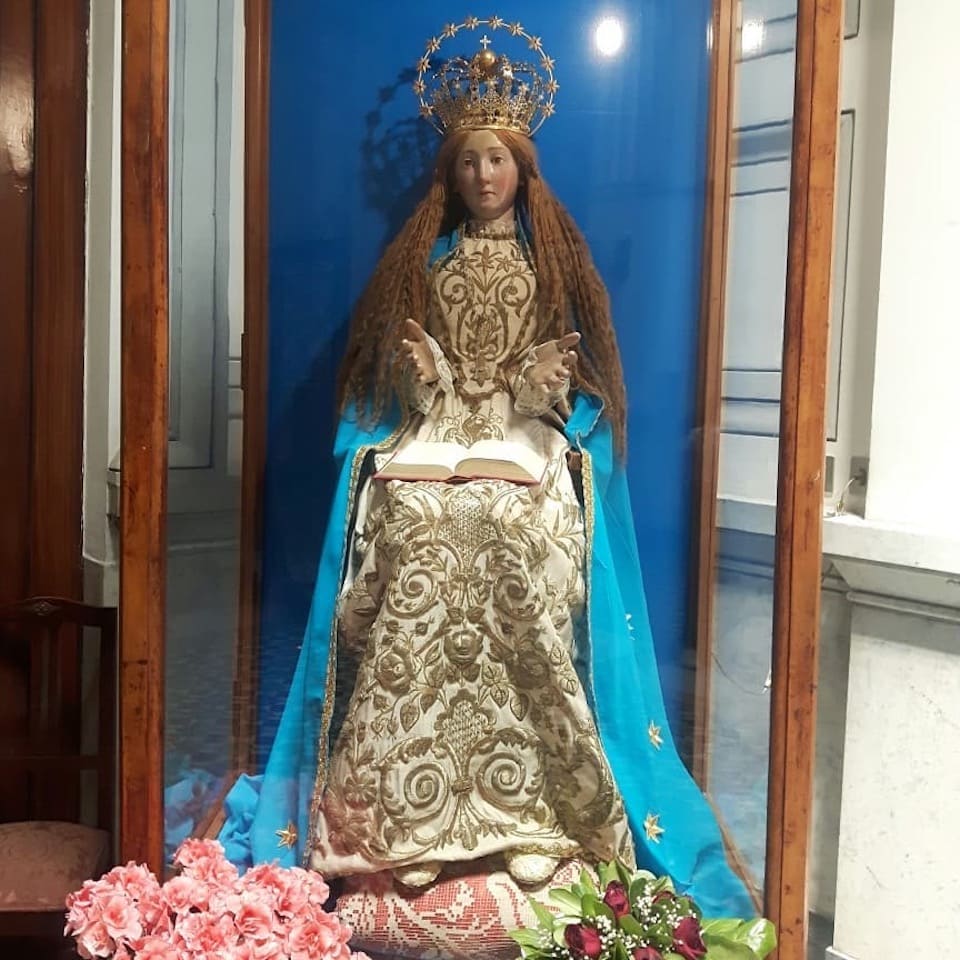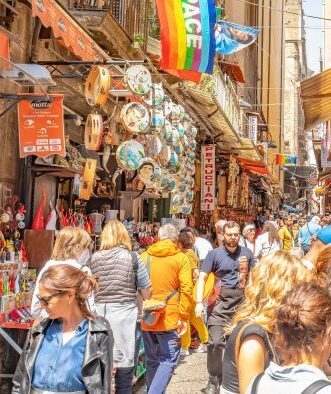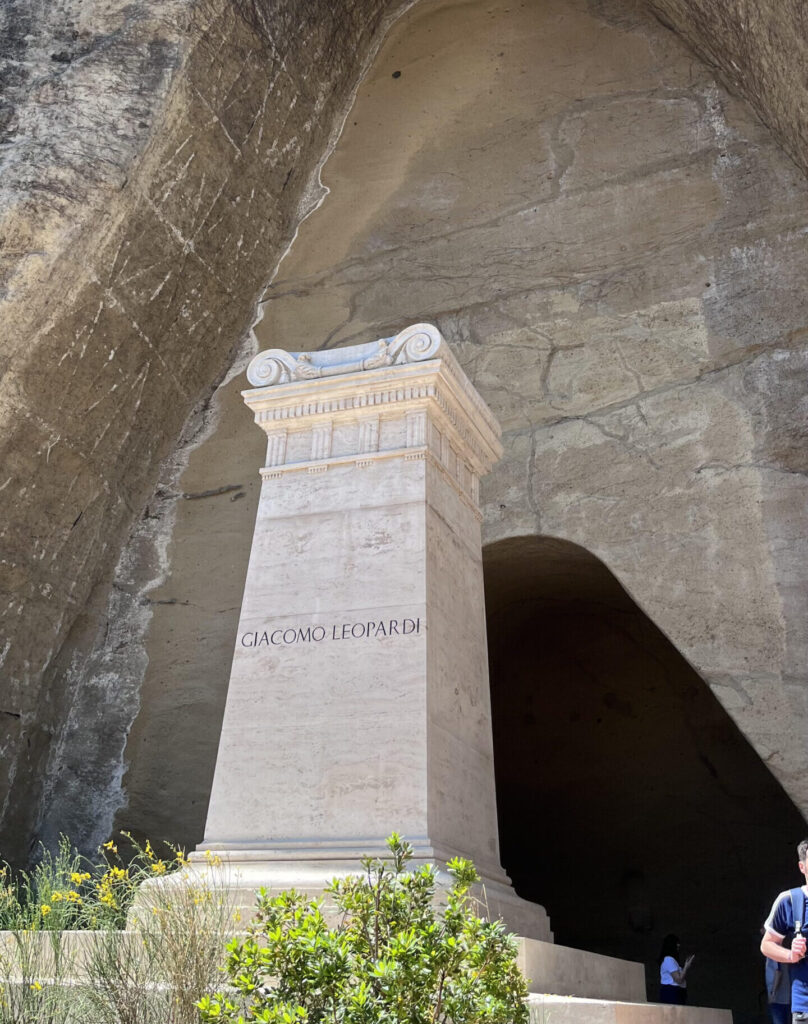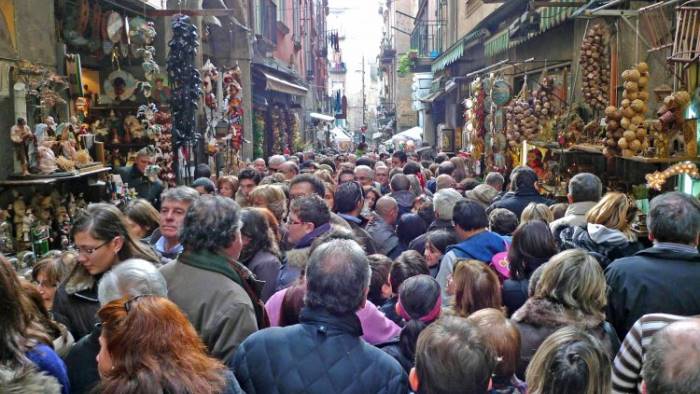The staff of St Joseph, between miracles and popular devotion
In the heart of Naples, amidst the alleyways that tell centuries-old stories, lies a relic that has fascinated the faithful and attracted the attention of visitors for centuries: the staff of St Joseph. This object is not only a symbol of faith and tradition, but also a witness to the deep popular devotion that has always defined the soul of Neapolitan culture.
The legend of the “worn slippers of Our Lady of the Annunciation”
The legend of the “worn shoes of the Madonna” is a popular tradition linked to the statue of the Madonna dell’Annunziata, venerated in the Santissima Basilica dell’Annunziata Maggiore in Naples. According to the story, every night the Virgin would leave the church to go to her children most in need of comfort and help. It would be precisely this tireless wandering that would, in time, wear out her shoes.
Discovering Vesuvius National Park: nature, landscapes and adventure in the heart of Campania
The Vesuvius National Park, established in 1995, is one of the most striking naturalistic jewels of southern Italy. Situated in Campania, on the outskirts of Naples, it covers an area of approximately 8,482 hectares and develops around one of the most famous and studied volcanoes in the world: Vesuvius, an imposing and dynamic symbol of the deep bond between man and nature.
What to buy in Naples: a guide to the best typical Neapolitan souvenirs and handicrafts
Naples is one of Italy’s richest cities in terms of tradition, art and popular culture. Besides being a veritable open-air museum, it is also a capital of artisan shopping, with a wide and varied offer ranging from gastronomic products to artistic artefacts, from textiles to jewellery. If you are planning a visit and wondering what to buy in Naples, this guide will help you discover the best typical Neapolitan souvenirs, perfect for taking home an authentic souvenir or for making an original gift.
The Islands of Capri, Ischia and Procida: the pearls of Campania a stone’s throw from the Bay of Naples
The Gulf of Naples has always been one of the most fascinating destinations for travellers from all over the world. And it is not difficult to understand why: the spectacular landscape, the millenary history and the rich culture of Campania are interwoven in a setting that captivates anyone who looks there. What makes this setting even more extraordinary are the islands that dot the gulf, each with its own soul, charm and unmistakable beauty. Capri, Ischia and Procida not only embellish the scenery of the Gulf of Naples, but also offer an authentic and unforgettable experience, just a few minutes’ boat ride from the coast.
Naples and its poets: a link between history, poetry and nature
Naples is a city that, since ancient times, has attracted poets, artists and intellectuals, becoming one of the world’s most fascinating cultural epicentres. Among the numerous authors linked to this city, two figures stand out for their historical and literary relevance: the poet Virgil and the celebrated romantic Giacomo Leopardi. Both left an indelible mark on the history of poetry and, today, thanks to the reopening of the Vergiliano Park in Piedigrotta, it is possible to visit the place that holds their tombs, in an atmosphere that seems suspended in time, a true corner of history and nature.
Naples is dyed blue: the fourth Scudetto lights up the heart of an entire city
Naples once again wore blue, celebrating with pride and passion the conquest of its beloved team’s fourth Scudetto. The streets came alive with choirs, flags and fireworks, in an explosion of collective joy that overwhelmed the entire city. An emotion made even more intense by the magic of the historic centre, the vibrant heart of Neapolitan culture.
The women who made the history of Naples
The women of Naples were not merely custodians of Neapolitan beauty and tradition, but true protagonists of a relentless struggle for rights, freedom and justice. From Matilde Serao to Sophia Loren, via Eleonora Pimentel Fonseca and Maddalena Cerasuolo, these extraordinary figures have shaped the face of Naples, leaving a legacy that continues to inspire and represent a model of strength and determination.
The Success of the Historic Centre of Naples: Evolution and Future Challenges
The historic centre of Naples, recognised as a UNESCO World Heritage Site in 1995, is one of the world’s richest urban areas in terms of history and culture. Over the last few decades, it has undergone extraordinary transformations, going from a period of decay and abandonment to a rebirth that has been able to harmonise tradition and innovation, becoming a popular destination for visitors from all over the world.
Naples, Italy’s third most visited city: over 14 million presences and an increasingly promising future
Naples continues to surprise, not only for its millennial history and extraordinary artistic heritage, but also for its ability to renew itself as a tourist destination. Thanks to investments in infrastructure, cultural initiatives and high quality services, the city is preparing to become an increasingly popular destination for tourists from all over the world, with an increasingly diversified and avant-garde offer.

